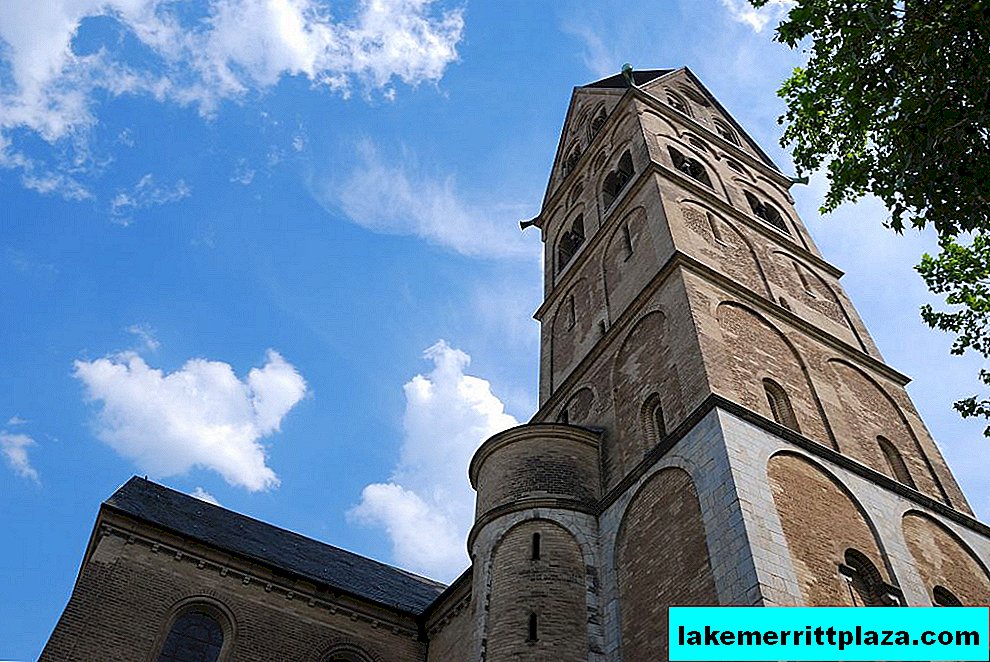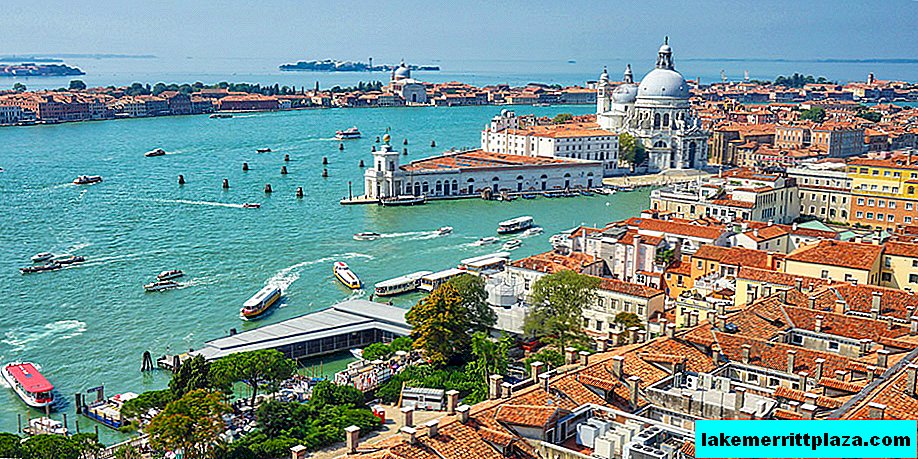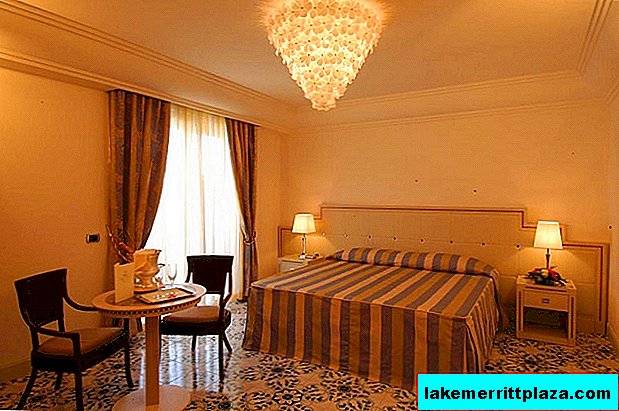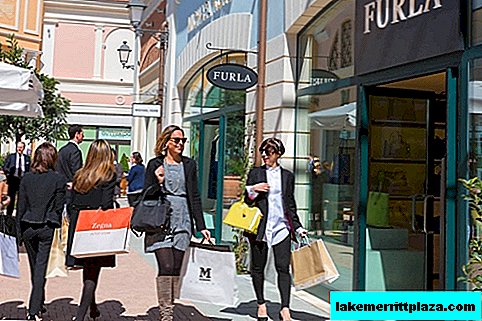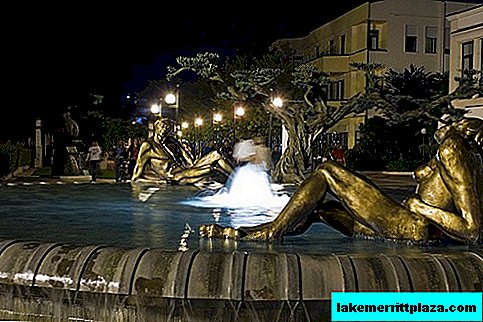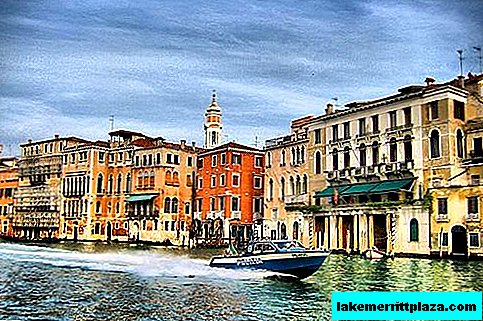Boboli Gardens in Florence is a great place to relax from the bustle of the city and the tiresome runs of sightseeing and shopping. And to delight the eyes with beautiful grottoes, fountains, arbors and flower beds, because there is something to see here. At all times, the Boboli Gardens were considered the perfection of landscape design, and more than once served as an example for the creation of other royal European parks, such as, for example, the famous park complex of French Versailles.
History of creation
The Boboli Gardens, named after the hill on which they are broken, were laid by Eleanor of Toledo, wife of the great Tuscan Duke Cosimo I of Medici. This idea came to the duchess immediately after she acquired the palace in 1549 from the descendants of the influential but ruined Pitti family.
The vast territory of untouched land that stretches beyond the palace, as if specially created for the future park, and from the top of the hill a beautiful panorama of the city opened.
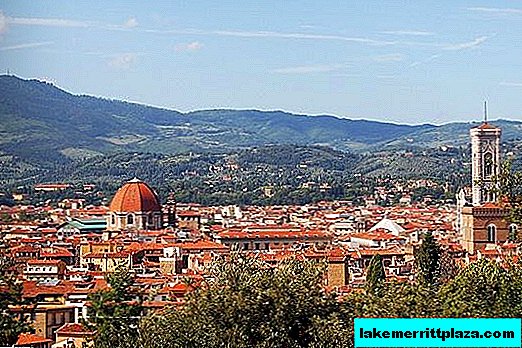
Panorama of Florence from the Boboli Hill
Initially, the court gardener, decorator Niccolo Tribolo, worked on the arrangement of the park, but an early death did not allow him to complete his plan. The next to take on was Bartolomeo Ammanati (creator of the Neptune fountain in Piazza Signoria in Florence). According to his idea, the amphitheater became the center of the park area, and its main highlight is the ancient Egyptian obelisk from Luxor, specially brought here from the ducal Roman villa.
Giorgio Vasari, who created most of the park grottoes, and his student Bernardo Buontalenti, who left behind beautiful sculptures decorating the garden, also contributed to the arrangement of the gardens.

Eleanor of Toledo acquired Pitti Palace in 1549
Over the years, the owners of the Pitti Palace changed: the Medici dynasty was replaced by the dynasty of the Lorraine Dukes, and they, in turn, were replaced by representatives of the royal family. Together with them, Boboli Gardens underwent changes. Everyone tried to expand the park territory, embellish it and introduce something new from themselves.
Composition of Boboli Gardens in Florence
The Cypress Alley, laid by Giulio Parigi in 1630, is perfectly preserved, and today it saves from heat and pleases the eye. It is along it that the main park path runs, which originates at the amphitheater and leads to a decorative terrace at the very top of the hill. It is the culmination of travel and the reward is the breathtaking panorama of Florence, with its red roofs and church domes.
But even before the hill you will find a lot of surprises and impressions, and they begin with an amphitheater, which in its form resembles a Roman classical hippodrome, or rather, half of it. By the way, the very first opera performances in the world began to take place here (1476).

The world's first opera performance took place on the territory of the amphitheater in 1476.
The fountains Neptune, Ocean, Artichokes Fountain and the Ganymede round fountain will help to freshen up in the heat. Visitors of the park especially like the small man-made Isolotto lake, the work of Alfonso Parigi (1614), with a small island - a garden inside.
Flowerbeds, rose gardens and flower beds, hedges of plane trees and boxwoods are fragrant in the Boboli Gardens in Florence almost all year round, changing smells and colors according to the season. A huge number of statues are striking, starting with antique images of the emperor and famous Romans and ending with the works of famous Italian masters of the XVI-XVII centuries.

Alleys and hedges of plane trees and boxwoods in Gardens everywhere
Among other attractions of the Gardens, one cannot but mention the Coffee House, which appeared here at the end of the 18th century as a tribute to the new-fashioned tradition. In the open air, local nobles enjoyed at the same time a beautiful view, and the fragrance of flowers, and aromatic coffee.

The coffee house appeared here at the end of the 18th century.
Caverns in Boboli Gardens
Special attention in the Boboli Gardens deserves grottoes. There are only four of them and each is a separate work of art:
The large grotto or grotto of Buontalenti (Grotta del Buontalenti) was created during 1583-1593, consists of three rooms and is considered a masterpiece of architecture of mannerism.

Grotto Buontalenti is considered a masterpiece of architecture of mannerism
On the outside and inside the grotto is decorated with artificial stalactites, and the facade is with stucco molding, mosaics and statues. The rooms are painted with frescoes and decorated with sculptures, including such famous ones as a copy of Michelangelo’s famous work “Slaves”, “Bathing of Venus” by Giambologni and Vincenzo de Rossi's composition “Paris and Elena”.
The small grotto "Madama" (Grotta di Madama), also the work of Bernardo Buontalenti. The plot of the Greek myth of Amalfe inspired the master in its design.
The Grotta di Mosè (Grotto of Moses) was created on biblical themes by Bartolomeo Ammanati.
But the fourth - "The Grotto of Adam and Eve" (Grotta di Adamo ed Eva) - was erected later than all, in 1817.

The rooms of the Buontalenti grotto are painted with frescoes and decorated with sculptures
Opening hours and how to visit
You can visit the Boboli Gardens in Florence, recognized as one of the best park ensembles of the Italian Renaissance, year-round: access to the general public has been open here since 1766. The exception to the rule are January 1, December 25 and the days of technical work, and this is the first and last Mondays of each months.
Entrance to the Bobley Gardens is allowed from 8:15 in the morning and ends 1 hour before closing; his time differs depending on the season:
- From June to the end of August the park is open until 18:50;
- September-October - until 18:30;
- From November to February - until 16:30;
- March - until 17:30;
- April, May - until 18:30

Neptune's fountain, local, jokingly called the "fountain with a fork"
How to get there
If you are in Florence itself, you can get to the Palazzo Pitti and the Boboli Gardens by public transport - city buses No. 11 and No. 36 regularly run there. Go to the San Felice stop.
Well, if you are staying in Rome, Milan, Bologna or Pisa - just select one day from your schedule and use the high-speed train to get to Florence:
- From Bologna - only 37 minutes,
- From Pisa - exactly 1 hour,
- From Termini Station in Rome - 1h. 35 minutes
- From Milan to Florence - 1 hour 45 minutes.

There are many ancient statues in the Gardens depicting famous Romans
Tickets for Boboli Gardens
To visit Boboli Gardens without a queue, it makes sense to purchase tickets in advance via the Internet. This can be done on the popular specialized portal SelectItaly.
Tickets for visiting Boboli Gardens also allow you to visit the Pitty Palace Porcelain Museum. But be careful - to visit the main exposition of the Palazzo Pitti you must purchase a separate ticket (can be done here). Also, tickets to the Boboli Gardens allow you to visit the Bardini Garden, known for its panorama of Florence.
The time spent in the Gardens on pre-ordered tickets is limited only by their daily work schedule.
For persons under 18 years of age, visiting the Boboli Gardens may be at a discount (for certain categories). You are welcome,specify this opportunity when booking online.
In the schedule of the Gardens there are days when they can be visited for free. This is possible on the first Sunday of each month.
| Check ticket availability and prices ››› |
Popular articles and links about Florence
- The best selection of hotels in Florence
- 5 most interesting excursions in Florence
- Uffizi Gallery - Italy's most visited museum
- Palazzo Vecchio: where did the oligarchs of the Renaissance live
Photos by: landscape.totalarch.com, Ed Webster, Adam, Avital Pinnick, romeartlover.tripod.com, museumsinflorence.com, pinterest.com, O. Bendorf, Allison Richards.

